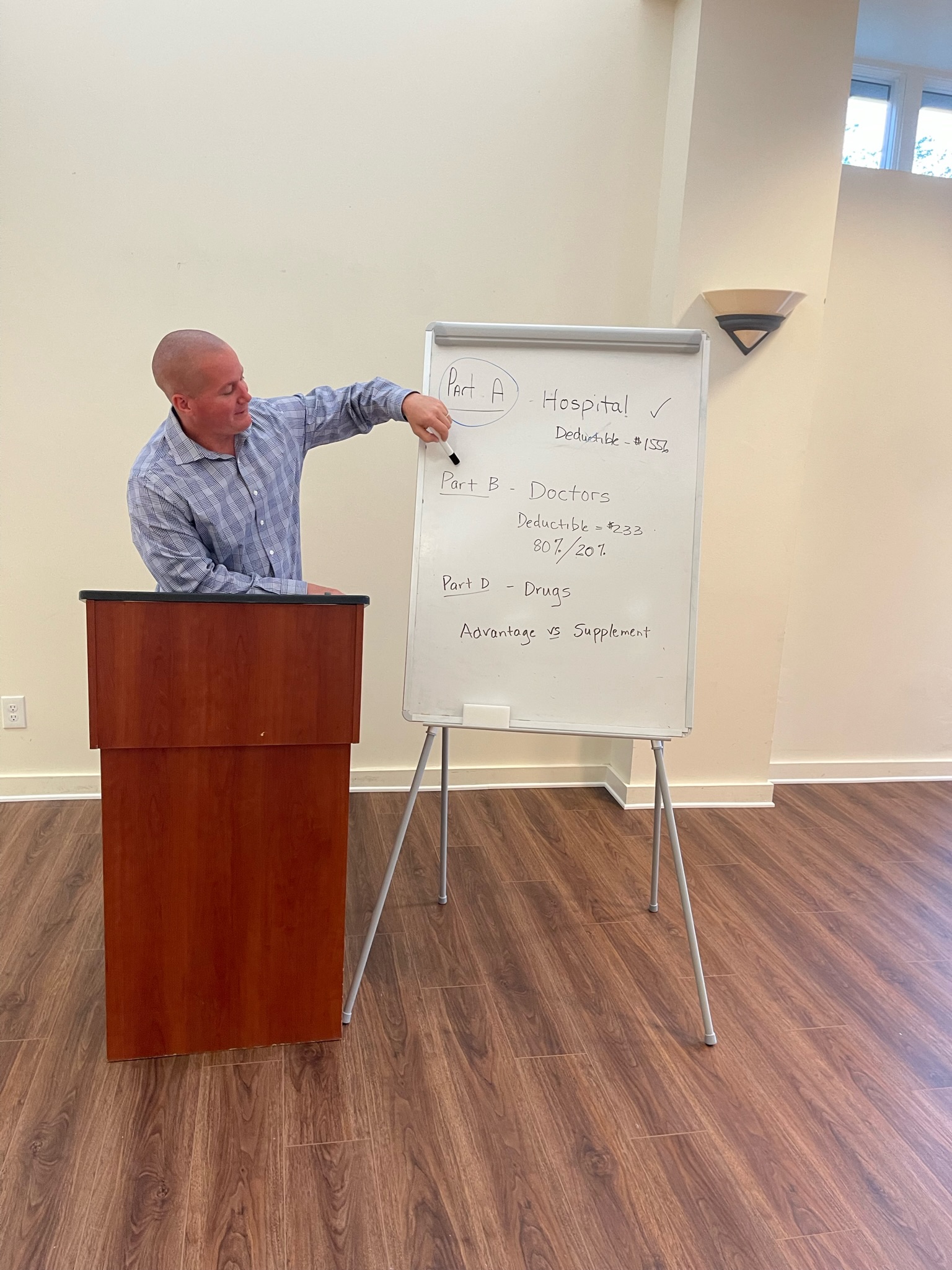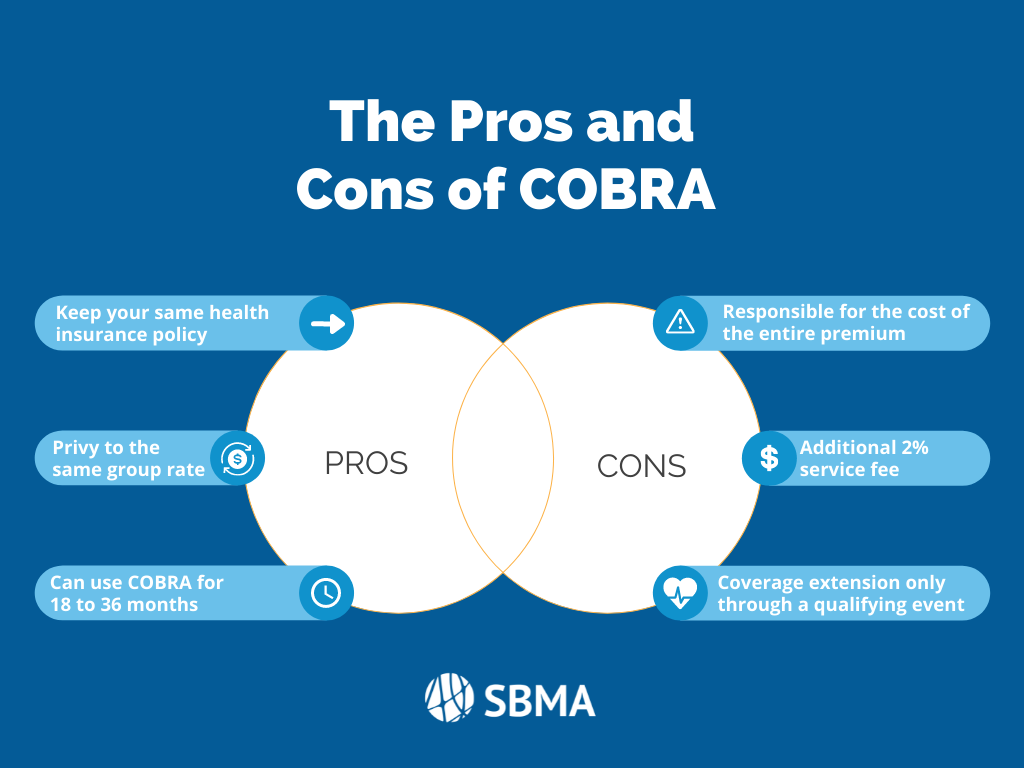Medicare Advantage Agent - The Facts
Medicare Advantage Agent - The Facts
Blog Article
4 Simple Techniques For Medicare Advantage Agent
Table of ContentsEverything about Medicare Advantage AgentSome Known Details About Medicare Advantage Agent A Biased View of Medicare Advantage Agent


follows from adheres to the relatively young age profile of the uninsured with without insurance better healthFar better wellness average, standard younger persons. For those without access to office health and wellness insurance coverage, inadequate health is a potential barrier to buying nongroup insurance coverage since such insurance coverage may be very valued, leave out preexisting problems, or be just inaccessible. Unless otherwise kept in mind, national price quotes of people without health and wellness insurance and proportions of the population with different kinds of protection are based on the CPS, the most commonly utilized source of price quotes of insurance policy coverage and uninsurance prices.

Medicare Advantage Agent Things To Know Before You Get This
The partnership between health insurance policy and access to care is well developed, as documented later in this chapter. The connection in between wellness insurance coverage and health and wellness results is neither straight nor basic, a substantial medical and wellness solutions research study literature links health and wellness insurance policy coverage
to improved enhanced accessibility care, better much better, and improved personal and population health wellness. The 2nd record, on individual health end results for without insurance grownups, is represented by the innermost circle of the number, while the 3rd record, on household health, encompasses the topics of the 2nd record however stresses a various device of analysis, particularly, the family.
Additionally, it focuses especially on those without any kind of health insurance for any type of length of time. The issues encountered by the underinsured are in some aspects comparable to those dealt with by the without insurance, although they are normally less extreme. Uninsurance and underinsurance, however, involve definitely various plan problems, and the approaches for resolving them might vary. Throughout this research study and the five records to follow, the major focus gets on individuals without medical insurance and thus no assistance in spending for health treatment past what is available via charity and safeguard institutions. Health insurance coverage is an effective aspect affecting invoice of care because both individuals and doctors reply to the out-of-pocket price of services. Health and wellness insurance policy, however, is neither needed neither sufficient to access to medical solutions. The independent and straight effect of health
insurance coverage on access accessibility health health and wellness is well establishedDeveloped Others will certainly get the wellness treatment they require even without medical insurance, by spending for it expense or seeking it from suppliers that offer treatment totally free or at highly subsidized prices. For check this site out still others, More hints health insurance alone does not make certain invoice of treatment as a result of other nonfinancial obstacles, such as an absence of wellness care service providers in their area, limited accessibility to transportation, illiteracy, or etymological and social differences. Official research study concerning without insurance populaces in the USA dates to the late 1920s and very early 1930s when the Committee on the Cost of Healthcare generated a collection of reports about financing physician office visits and hospital stays. This concern became salient as the numbers of clinically indigent climbed during the Great Clinical depression. Empirical researches continually support the link between access to care and enhanced health outcomes(Bindman et al., 1995; Starfield, 1995 ). Having a normal resource of treatment can be taken into consideration a forecaster of gain access to, rather than a direct measure of it, when wellness outcomes are themselves used as gain access to indications. This expansion of the notion of access measurement was made by the IOM Board on Keeping Track Of Accessibility to Personal Wellness Care Provider(Millman, 1993, p. Whether moms and dads are guaranteed appears to affect whether or not their kids here are the findings receive care as well as just how much careeven if the youngsters themselves have insurance coverage(Hanson, 1998). The health and wellness of parents can influence their capability to look after their children and the level of family stress. Fretting regarding their kids's access to care is itself a resource of stress and anxiety for moms and dads. Three phases follow in this report. Chapter 2 supplies an overview of how employment-based wellness insurance coverage, public programs and specific insurance plan operate and communicate to provide considerable but incomplete insurance coverage of the U.S. population. This consists of a testimonial of historical fads and public laws impacting both public and exclusive insurance coverage, a conversation of the interactions amongst the different types of insurance coverage, and an evaluation of why people relocate from one program to one more or finish up

Report this page